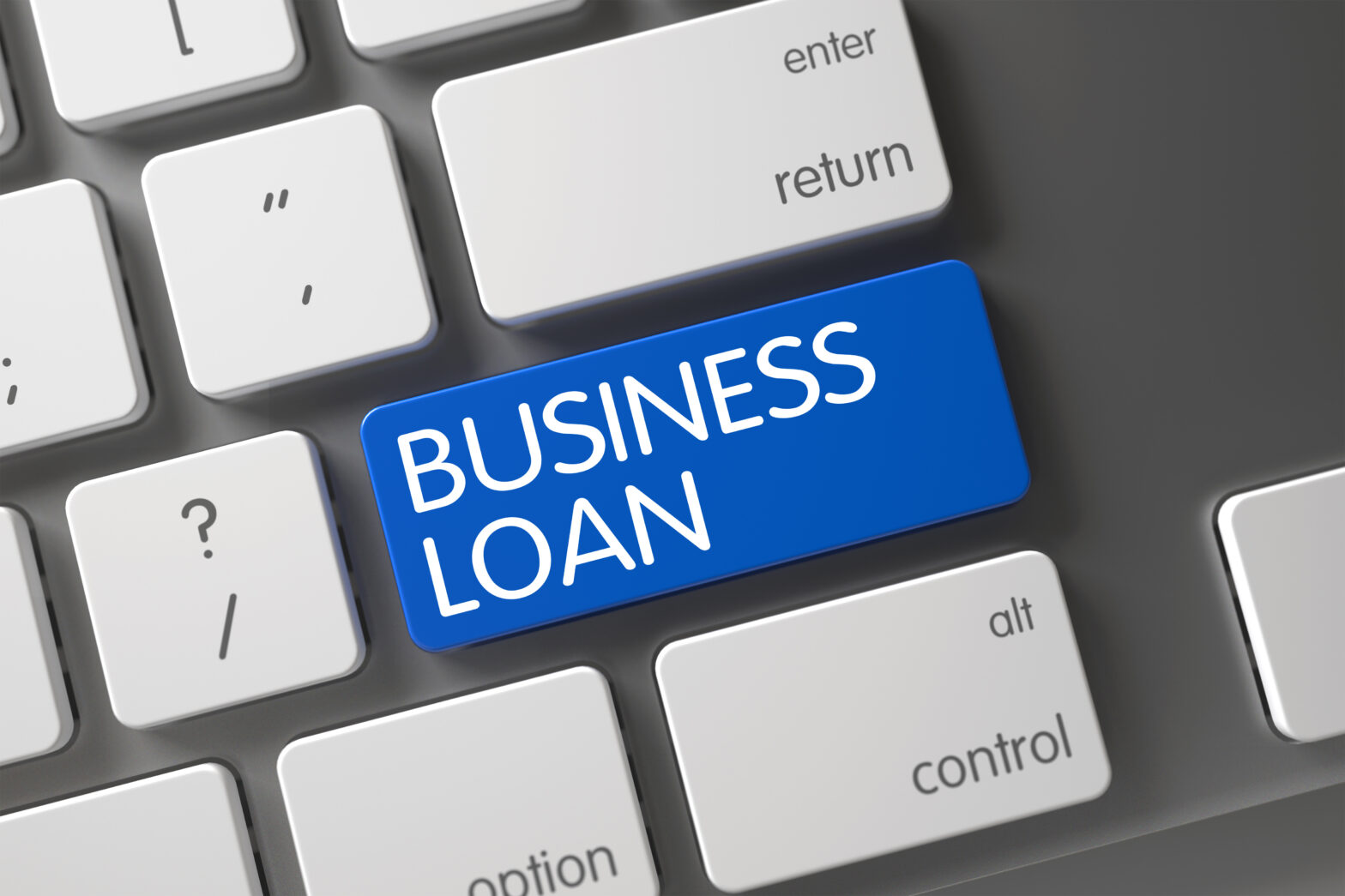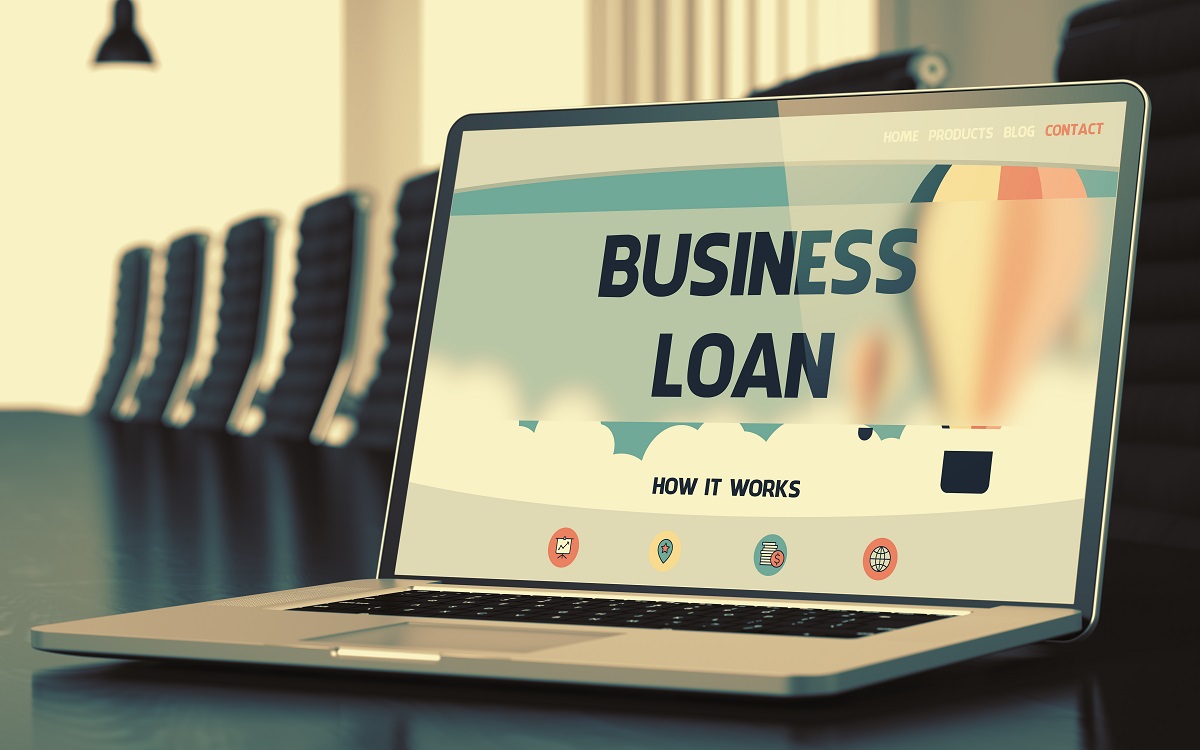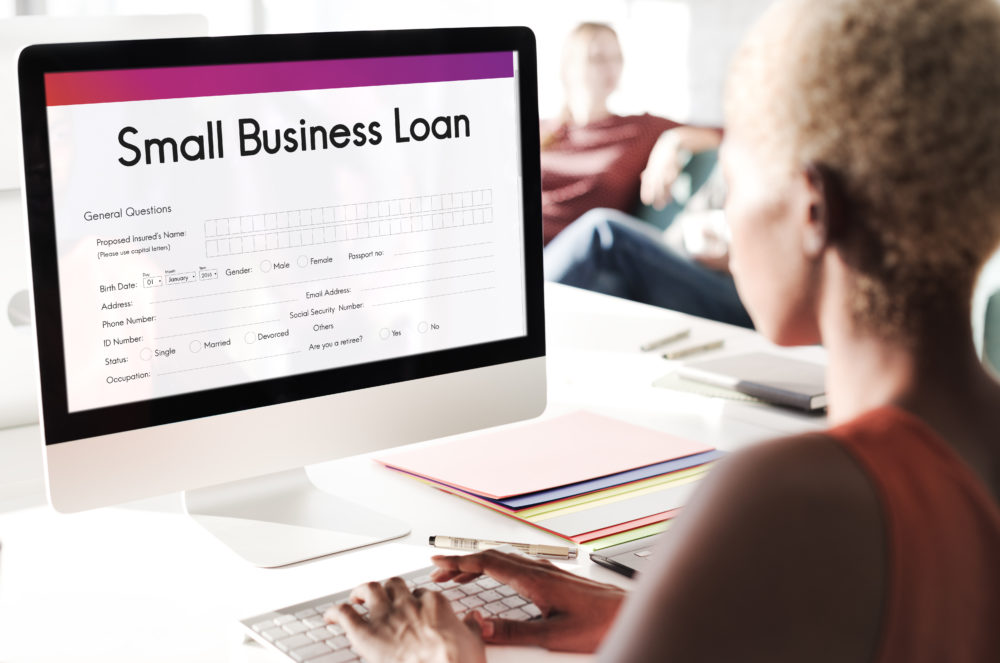Unsecured finance is a popular way to fund a business, because unlike secured loans there’s no need to put up collateral. This has a few important implications, particularly for smaller businesses — let’s have a look at some of the ways small businesses can get unsecured funding.
Unsecured loans
While they can be more difficult to get, unsecured business loans are potentially the most useful kind of unsecured funding for small businesses. Aside from not needing physical security, the most obvious benefits are that they’re fast to set up and you can borrow more than your assets are worth (if you have any) to get a meaningful lump sum to put towards your growth plans.
Because there are no assets involved, the risk is higher for the lender, and so the costs are usually higher than the secured equivalents. However, this is often a moot point for smaller businesses who are less likely to have assets in the first place — in which case, unsecured funding may be the only option available.
Unsecured loans are based on the strength of your business, and lenders will look closely at your turnover and profit margins to determine affordability. Trading history is important too, because it shows whether you’re growing steadily, stagnating, or in decline. To get an unsecured loan, you’ll need to be consistently bringing in revenue, and if things are slow it’ll be difficult to convince a lender to fund your business without security.
Personal guarantees and director loans
One common feature of unsecured business loans is a greater emphasis on the individual directors involved. Often, the directors will be asked to give a personal guarantee — which means if the business fails to pay, the burden of repayment falls to the directors who have offered one.
Counterintuitively, this means that an unsecured loan is often indirectly ‘secured’ on the director’s personal assets such as home equity. While this thought is off-putting for some, it’s important to remember that personal guarantees are as much a statement of commitment as anything else — the lender wants you to prove your confidence in your business by having some skin in the game.
In the same vein, some lenders offer ‘director loans’, which is technically a personal loan but to be used for business purposes only. Such a setup takes the idea of the personal guarantee a step further, because rather than borrowing through the business with a personal commitment, it’s borrowing personally with a business commitment.
The specific terms of personal guarantees and director loans vary, but the overall point is that they involve personal equity and net worth (directly or indirectly) to lower the risk for the lender if the business isn’t strong enough to get a loan on its own.
Revolving credit facilities
If you’re looking into unsecured loans as a working capital buffer rather than a lump sum for growth or project funding, it’s worth considering revolving credit facilities. This is a broad term that refers to any unsecured funding used on an ad-hoc basis, such as overdrafts, business credit cards, and flexible credit lines.
What they have in common is a maximum borrowing limit, which means they function as a safety net that you can dip into when needed. Many of these facilities only charge interest on what you use, so they’re more flexible than term loans, and depending on your usage they can cost less too. This category of unsecured funding is therefore very useful for businesses with unpredictable cash flow or seasonal peaks and troughs in trading.
Merchant cash advances
For firms that take credit or debit card payments, merchant cash advances are a kind of credit line based on recent card terminal sales. Businesses that take most of their revenue via card payments are traditionally difficult to fund using standard methods, particularly if their cash flow fluctuates, and merchant cash advances find a solution to this lending gap.
They’re based on your last few months of revenue, and usually allow you to borrow one month’s turnover. You’ll need to have at least some trading history — more than a year is preferable — and some lenders specialise by sector. But overall, if the more standard ways of getting unsecured funding aren’t forthcoming, a merchant cash advance is well worth a look.
Final thoughts
Even for small businesses, there are a few ways of getting unsecured finance. The most important thing to bear in mind is that whenever lending is unsecured, the lender’s risk is higher — this means they’ll look more closely at the strength of the business and the directors involved. While it’s probably not possible to get unsecured funding without a good level of profit, if your business is strong enough, it can be a great way to get a cash injection for growth.
Conrad Ford is chief executive of Funding Options.





